The horrific tragedy was literally the stuff of nightmares.
Standing on Davistown’s Central wharf in broad daylight, it’s hard to imagine the shocking tragedy that occurred there 83 years ago on a dark foggy night.
Unless you stop to read to the very last lines of a small sign as you hurry for the ferry, you wouldn’t know that six people drowned there when two car loads of tourists plunged into the fast running tide in Cockle Channel.
The bollards and street lights of today did not exist and blinded by the fog in the dead of night, four men and four women in the two cars simply shot over the edge in quick succession and their vehicles quickly sunk beneath the dark surface.

Nightmare scenario
Media reports of the time are literally the stuff of nightmares.
The Newcastle Morning Herald and Miners Advocate of March 30, 1936, carried harrowing accounts of the two survivors and their desperate struggle to escape from the doomed vehicles on the floor of the channel.
“Two occupants of one car escaped. They were rescued by [local residents] Herbert Settree and his son [Roy],” the newspaper reported.
“The road leading to the wharf is comparatively straight for half a mile, and along this stretch one car closely followed the other. The fog made visibility difficult, and according to a survivor the water ahead could not be seen.
“This afternoon Otto Lingham, the only man rescued, told of awful moments when the car rested on its side on the river bed.
“He groped for something with which to smash a window, grasped a heavy instrument, he knew not what, shattered the glass, and escaped. Following him through the aperture came a woman who could not swim. Lingham and she were exhausted when picked up by the fishermen.”
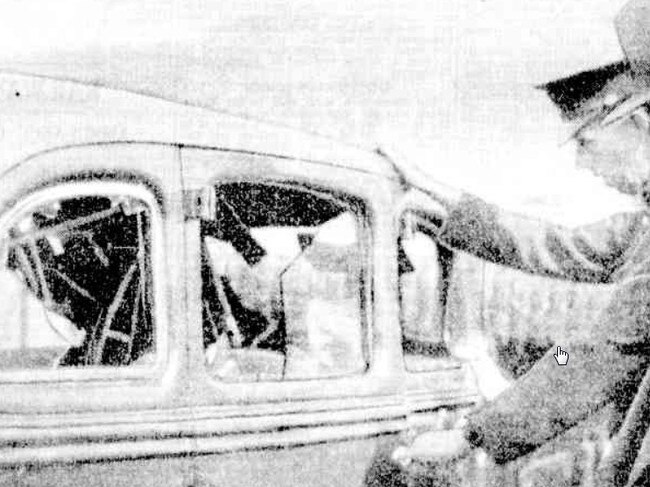
Six drowned
Those that drowned were 50 year old private detective of Bondi, David Missingham, and his wife Rebecca, 34; Glebe motor garage owner Gladstone Hugh Boulton, 42, Loyce Acheson, 35, of Manly; Hunter Henry Yule, of Neutral Bay, and Dolly Curtain, who lived with the Missinghams at Bondi.
The survivors were Otto William Lingham, 37 of Delwood Crescent, Manly and Eve Stevveds, 23, of Mosman.
If there was any luck at all around the tragedy, it was that a local man and his son who had just returned from a prawning trip heard screams and swung into action.
Herbert Settree was reading at about 1.30am and together with son Roy ran down to his boat and rowed out. It might have been dark — but not so dark they couldn’t see the shark fins circling in the channel.

Sharks circled
The Newcastle Morning Herald and Miners Advocate continued:
“Though the fog was dense, we could see the fins of sharks as they cruised round,” said Mr Settree.
“Through the fog we could see a man loom up. He was struggling in the water and was almost exhausted when we got to him.
“A woman’s scream rang out farther along, and pulling on the oars, we found the woman on the point of drowning. ‘For God’s sake save the other four,’ she screamed.
“We cruised around for some time but could not locate any of the others.”:
The police and ambulance were then notified, and later the Sydney and Newcastle police were advised.
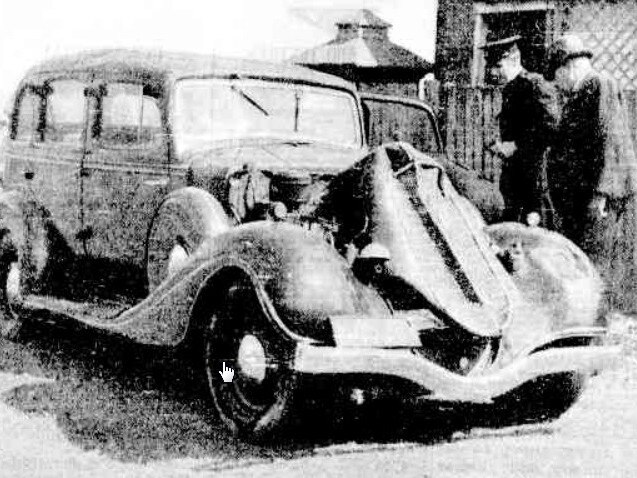
Survivor accounts
The next day the survivors told the story of how the group had decided to travel to Davistown for a weekend of fishing. They had only left Sydney at 10pm and were delayed when they missed Peats Ferry punt across the Hawkesbury River.
It was around midnight when they reached Davistown in a heavy fog as they looked for Sorenson’s boarding house. In those days, Davistown was a popular holiday destination, not the residential suburb it has become.
“When we drove into Davistown we did not know where the boarding house was. We went straight ahead on to the little jetty.
“I was looking ahead, through the windscreen, and could see no water. It was cold and misty, and all the windows of the sedan were shut. The other car was following close behind us.
“The next thing I knew was that the car somersaulted into deep water. It made a noise like a thousand tin cans crashing together. I realised that I must escape in a second or two, or be drowned.
“I acted instinctively, probably due to the old training when I flew a ‘Camel’ in the Royal Flying Corps. I reached down and groped and picked up something hard.
“I do not know what it was, but I smashed at the window desperately in the dark. Evidently the car had turned over on its side.
“I hit with superhuman strength, and heard the smashing of glass. I pushed through the opening, gashing myself pretty badly over the left eye, and came up gasping to the surface. I was about 15 feet from the shore.
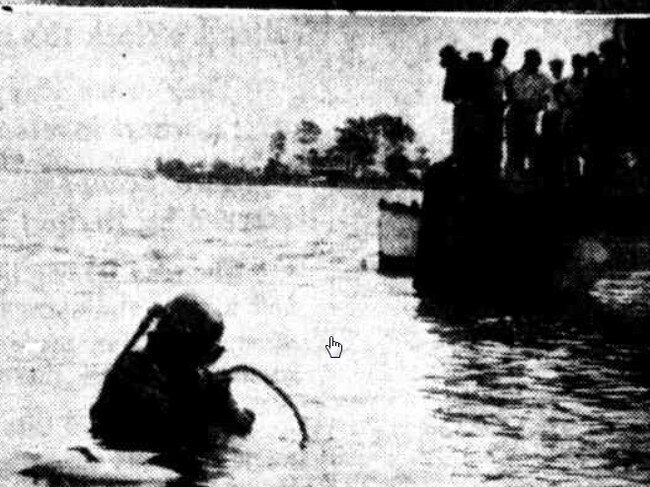
Heard Woman’s Scream
“A second or two later I heard a woman’s scream ring over the water through the fog,” Mr Lingham went on.
“I could not see her, but struck out in her direction. A strong current was flowing, and I was weighed down with my heavy clothing and boots. Blood was splashing into my eyes all the time. Although I tried desperately to reach the place from which the scream came, I did not seem to be getting any nearer.
“After she had been rescued she told me that she could not swim, but that she had been kept afloat by the balloon effect created by air in her clothes.
“Someone caught hold of my arm, and everything went black. When I came to I was in a boarding house, and was told that the girl had been saved. I went in and spoke to her. She told me in a weak voice that she heard the smash of glass,’ and dimly saw me going up and followed me through the same opening.”
“Missingham rang up Sorrenson’s boarding house about 7pm yesterday; stating that nine people would require accommodation for the weekend.
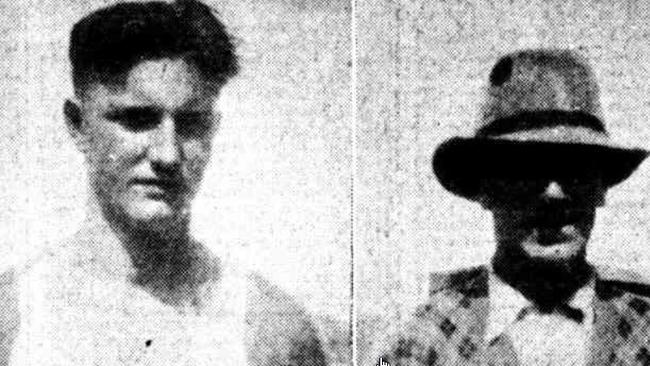
Bodies retrieved
Newcastle Morning Herald and Miners Advocate continued its coverage:
“After Settree and his son had brought in the survivors, the alarm was raised, and over 40 men endeavoured to locate the cars without success
“The Gosford police were informed and a diver was brought from Sydney to begin dragging operations With block; tackle, and winch.
“Constables W: Moulder (diver) and W. Jenkins from police headquarters reached the scene about 11am and shortly afterwards Superintendent J.W. White and Inspector J. H: Aspery came from Newcastle to take charge.
“In the meantime-Davistown “residents were hauling on heavy lines in an effort to, shift the car nearest the sand.
“It could be seen that the second car had somersaulted over the first and was further out in the stream. Both were upside down, and with a big drop the task of getting the victims out required a great effort.
“It was not until Diver Moulden went below and fixed the tackle, and 50 men hauled on the lines, one of which was attached to a powerful truck, that any impression was made.
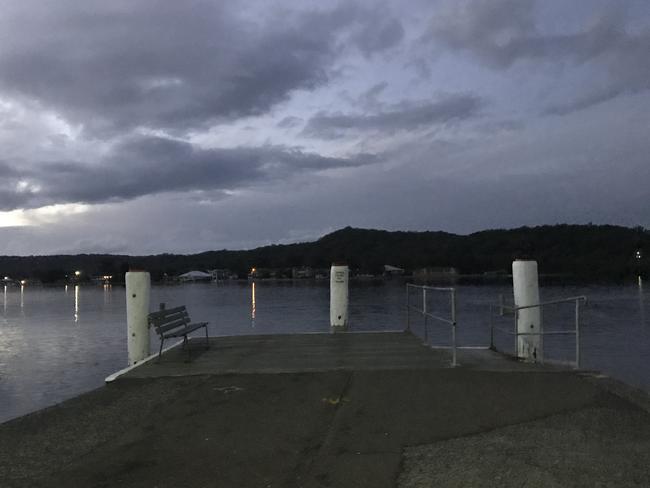
Signs of struggle
“Slowly the car was hauled out, and the police found Missingham, his wife, Boulton, and Dolly Curtin among luggage strewn inside the sedan. Two windows had been shattered’ and the front and rear of the car indicated that the
machine had hit the river bed with terrific force
“An hour elapsed before the second car was brought to the surface. It was the one from which Lingham and Eva Stevveds had escaped, and in it were Mrs Acheson and Yule, together with a pomeranian dog. There was evidence that the occupants had made desperate attempts to release themselves.
“The mother of Mrs Acheson, with the drowned woman’s young son came to Gosford from Sydney about midday. Mrs Acheson will probably be buried at Point Clare Cemetery tomorrow.”
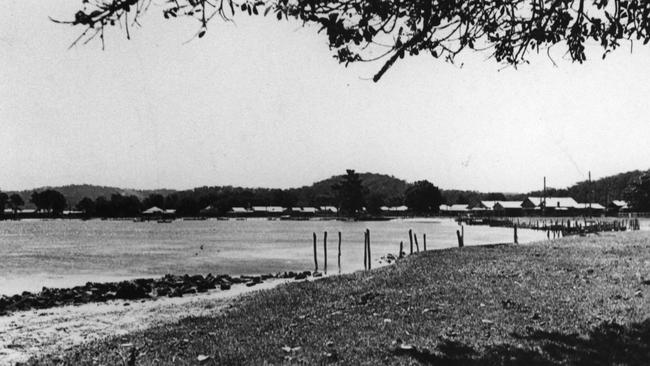

Add your comment to this story
To join the conversation, please log in. Don't have an account? Register
Join the conversation, you are commenting as Logout
Here’s what you can expect with tomorrow’s Parramatta weather
As spring sets in what can locals expect tomorrow? We have the latest word from the Weather Bureau.
FBI warning as Israel reveals how it will mark October 7
A chilling message has been issued as Israel prepares to mark the grim anniversary of the attack that changed the world. See the photos, video.